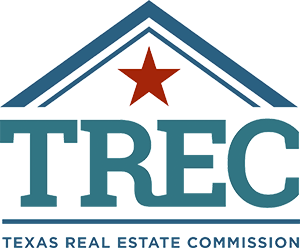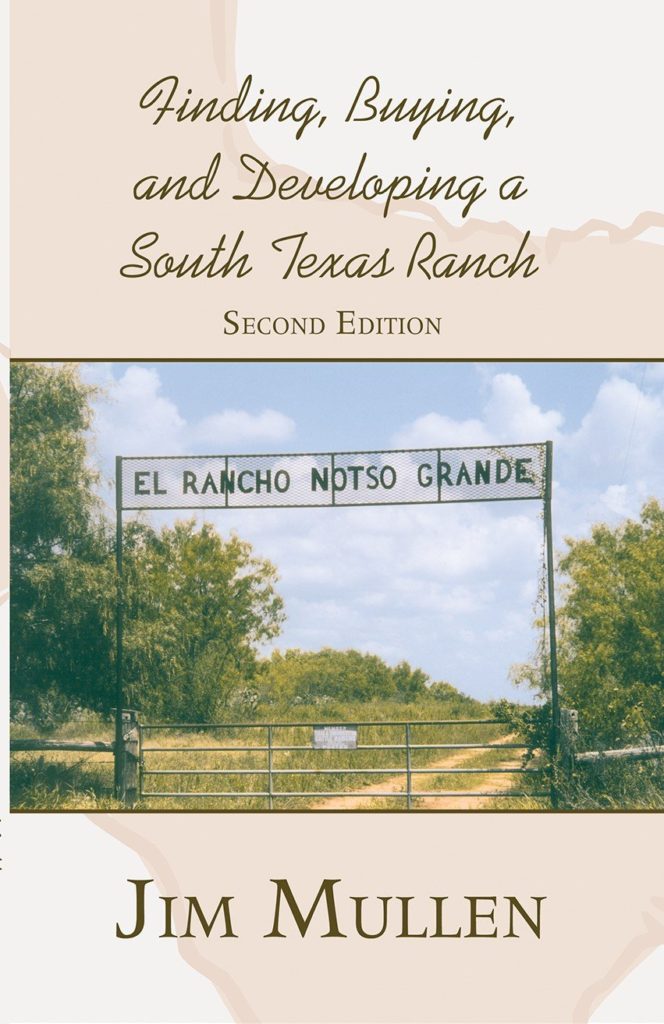Ranch buyers in South Texas have been buying land for hunting since perhaps the 1960’s, when trophy deer hunting got popular. Back then, land could still be bought and paid for with cattle but hunting soon pushed prices above what even the most skilled cattleman could pay. In 31 years, I have only represented three buyers primarily interested in running cattle and those three had oil money to cover the price increase. So, as a young wildlife biologist, it was natural for me to represent buyers interested in hunting when I started in the ranch real estate field in the 1980’s.
Resources for the buyer representative back then usually consisted of a prospectus from the listing broker with a detailed description, maps, and a few pictures. Maps were physically cut and taped together, sometimes four USGS paper maps to cover the ranch, then copied on a copier and soils maps, when provided, were also several pages from a USDA soils book, cut and taped together, always in black and white.
Comps were collected over the phone or during showings by word of mouth from the listing brokers or friends in the appraisal business. Previews were common and the few brokers working in South Texas cooperated to a degree much greater than today.
How did this environment affect the buyer rep? First of all, back then, a buyer’s rep was actually a subagent of the listing broker and paid directly by the seller. Now, the buyer’s rep, while splitting the commission with listing broker, has no fiduciary duties to the seller, only his client, the buyer. This is a good thing because sometimes that means you advise your client, the buyer, that this property is not “the one” and you have no obligation to the seller to “push” his/her ranch.
Ranch marketing back then consisted of a very few brokers using classified ads and the telephone to get their listings exposure. There were no large companies with multiple agents, no internet, no glossy magazines, and we used thermal FAX paper that faded over time, leaving you with blank paper if you forgot to copy them.
Previews and showings were key and gave the buyer’s rep insight into the property and an opportunity to ask questions. On ranches over 500 acres, I usually recommended a helicopter tour for my client which always gave a unique perspective; different than what you got racing down ranch roads.
Ranch marketing in the digital age begins with half a dozen search websites that allow the buyer to set his/her criteria, view dozens of pictures of the ranch and the wildlife, and usually includes an edited aerial video set to music. If you ask the listing broker for a printed prospectus, you are usually referred to their website. Now the job of the buyer’s rep includes viewing this media with a critical eye. Remember, the listing broker represents the seller and all the digital editing of photos and videos serves to put the ranch in the best light possible. Just as in the “old” days, they don’t show the six-year-old eight pointer, the bald spots out in the pasture, or the ranch dump. Today’s digital media production is designed to make your client fall in love with the ranch before he/she sets foot on it. New digital technologies have enabled highly-styled media presentations to be produced quickly and relatively inexpensively. This capability makes it easy for a listing broker to “put lipstick on a pig.” A savvy CBR (Certified Buyer Rep) can add value to the ranch buyer’s experience by cutting through the digital “lipstick,” to identify the best possible ranch choices and ultimately help the buyer acquire the ranch of his/her dreams.
In addition, the plethora of these productions with their accompanying information on the internet has given buyers a false sense that they know it all, and don’t need representation.
Because of the perceived wealth of information, not only are listing brokers reluctant to preview ranches, but your client feels he/she already knows the property. In particular, the drone videos often give the buyer the sense that they have already seen the property and based on this heavily-edited, highly styled presentation of a multi-million-dollar ranch, they don’t see the need to visit the ranch. As a result, I often get calls from clients that have been online looking at videos, asking me to set up showings for ranches that do not fit their criteria.
This, I feel, makes a buyer’s rep more valuable than before all the glitz and glamor took over ranch marketing, and smart buyer reps will put the power of technology to work for them too. A good buyer’s rep must know the search criteria of his client and apply that criteria to ranches available for sale, cutting through the hype. I use all the search sites and where possible have entered my client’s basic criteria into the sites to receive notifications when a tract comes on the market that “fits” him/her. But that’s when the work actually starts.
Communications in the digital age exponentially better now, assuming your client is tech-savvy. The phone is still primary I’d have to say, but it is nice to send administrative papers, contracts, or links to possible ranches after business hours knowing that the e-mail or text will be available as soon as the client goes online. There are still drawbacks, however, depending on the buyer’s demographic. I have a good client that does not “do” e-mail but loves to text. Communicating with him still requires hand delivered paper packages, but feedback is instantaneous. Another client likes to review soils and I can place a huge file from Web Soil Survey which would never fit on an e-mail in Dropbox and (s)he can pull it up to review at home or office.
Before the first showing, a good buyer’s rep should know the property as well as the listing broker, preferably as well as the seller himself. Mapping software allows us to learn a lot about a tract of land as does the USDA’s Web Soil Survey, the Texas Railroad Commission site (prior mineral activity), and various State natural resource sites detailing water assets. Usually, I have copies of the last three deeds for my client’s attorney to review as most counties are now online. From that, I can tell you when the seller bought the ranch, if it was pieced together or cut off a parent tract, who the neighbors are and how big, and I can get a fair idea of what minerals remain to fight over. In a mineral-active area, the mineral search, which once took days in the bowels of a courthouse can now be done remotely in a matter of hours. I always recommend a mineral search to ranch buyers.
Lastly, if I can obtain wildlife harvest/management records from the seller, I can with reasonable accuracy, be able to tell my client if he/she should take the time to physically visit the ranch; will it fulfill their needs. Instead of spending days looking at one ranch after another, with decent representation a buyer can use the showing to confirm what I have found about the land online and better get a sense of its suitability, potentially leading to an offer. And, if a ranch looks good on the computer screen, I will always ask for a preview with the listing broker. That tells me if there are any remaining questions I need to answer before my client spends valuable time to look.
In the negotiation phase, a good buyer’s rep in the digital age should be familiar with comparable sales, although I find that is a two-edged sword; no two ranches are exactly alike, and as always it takes a willing seller and a willing buyer. What I watch out for is the seller trying to get dollar for dollar for all those improvements he put in years ago on top of a price per acre based on coffee shop talk in town or on the golf course; comps keep sellers reasonable. And sometimes it is the responsibility of a savvy buyer’s rep to tell the client to walk away and let that ranch, and that seller, “season” a bit.
Having your own Certified Buyer Rep looking out for your interests in a ranch purchase is more important than ever in this digital age. Technology has provided the certified buyer’s rep with a variety of new tools and it is the responsibility of the CBR to be familiar with what is available online to best serve their client, the buyer.
Call Jim Today: 210-260-4946






